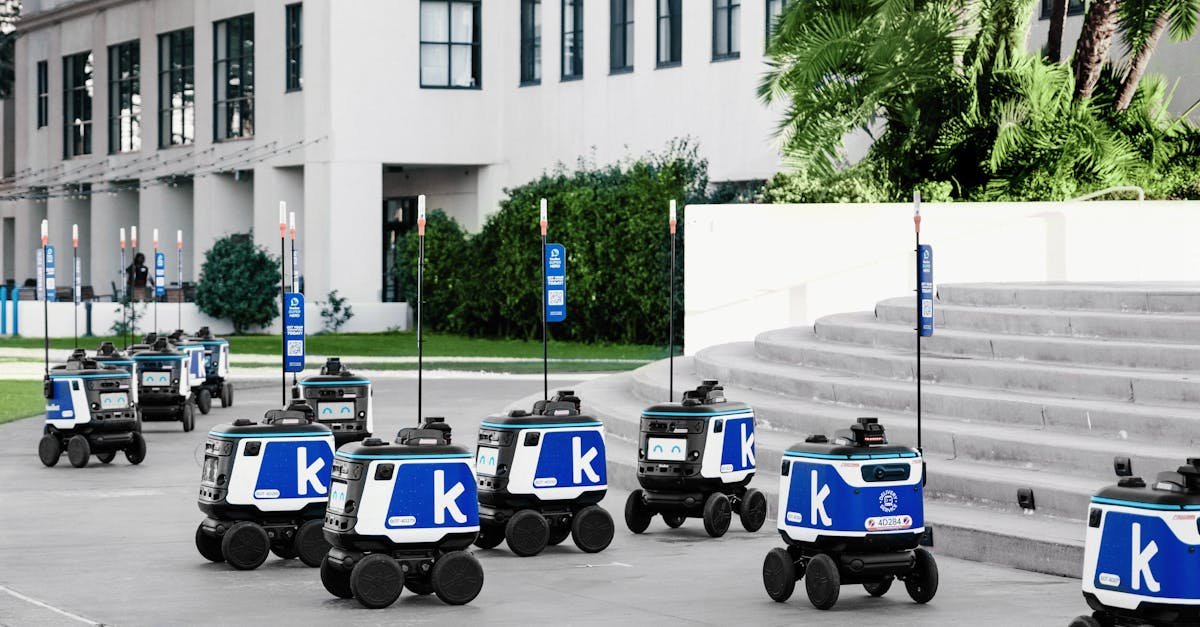Empowering Teams for Cognitive Automation: A Strategic Guide
Ever sat there watching your team wrestle with tedious tasks, feeling their potential just slipping away? It’s frustrating, isn’t it? We live in a time where cognitive automation isn’t just a buzzword—it’s a game changer. The reality? Empowering teams to embrace this shift can radically transform your shared services operations. Why is this important? Your team’s skills are your biggest asset. When they’re bogged down with mundane, repetitive tasks, creativity and innovation are sidelined. Here’s how we can switch that narrative. Understanding Cognitive Automation Cognitive automation combines artificial intelligence (AI) with automation to streamline processes while adding a layer of intelligence. Think of it as the magic that takes over the busywork, freeing your team to focus on strategic initiatives. The Power of Empowerment Empowering your team isn’t just about giving them tools. It’s about fostering an environment where they feel capable and ready to embrace change. Here’s how to rally your troops: Involve them in decision-making: When your team knows their voices matter, it sparks enthusiasm. Offer continuous training: Regular workshops on cognitive tools can help everyone stay ahead of the curve. Establish a culture of innovation: Encourage risk-taking and experimentation. The best ideas often come from unexpected places. Building a Strategic Foundation Let’s break it down. To truly empower your teams, there should be a solid strategy behind your cognitive automation implementation. Here’s a quick roadmap: Identify key processes for automation. Invest in the right technology that aligns with your team’s needs. Regularly assess and iterate—feedback is gold! Real Talk: Stories of Success Want to hear what it looks like in real life? Let’s talk about a client of mine in finance. They were drowning in data entry tasks. After implementing cognitive automation for basic tasks: They saved 120 hours a week. Their team’s creativity shot up—new projects emerged! The result? A more engaged workforce and improved client satisfaction. Measuring Success You may wonder, how do you know if it’s really working? Set clear KPIs before implementation: Reduction in processing time. Employee satisfaction scores. Quality improvements. Creating a Supportive Culture A cultural shift is vital. If your team feels pressured by change, they won’t fully engage. Here’s how to create a supportive atmosphere: Communicate openly: Share the vision behind the automation journey. Encourage feedback: Let your team voice their concerns and suggestions. Celebrate wins: No matter how small, recognize achievements to build momentum. Driving Continuous Improvement The work isn’t done once implementation is complete. A shared services environment thrives on continuous improvement. Make regular touchpoints to revisit processes and outcomes: Monthly check-ins to assess progress. Invite suggestions for better automation tools. Host brainstorming sessions to explore new initiatives. Tapping into the Human Element Even with all the tech at our fingertips, we can’t forget the human element. Storytelling can reignite passion in everyday tasks. Share stories of how cognitive automation has transformed lives. Make it relatable. Create an emotional connection, and your team will be far more inclined to embrace the changes. Looking Ahead: The Future of Shared Services The shared services industry is evolving. To stay relevant, we must adapt. Cognitive automation is not just a tool but a strategic partner in this evolution. As we step into the future: Leverage data: Use insights to drive decisions and uncover new opportunities. Prioritize flexibility: Scale your cognitive tools as your team grows. Maintain a learning mindset: Continually look for ways to inspire and empower. Final Thoughts Cognitive automation is a journey, not a destination. If you can empower your team along the way, those small victories can lead to monumental changes. Ready to transform your shared services experience? Join me on my favorite platform for deeper insights THEGBSEDGE. You’ll find stories, strategies, and an incredible community dedicated to thriving in this new era.
Empowering Teams for Cognitive Automation: A Strategic Guide Read More »









